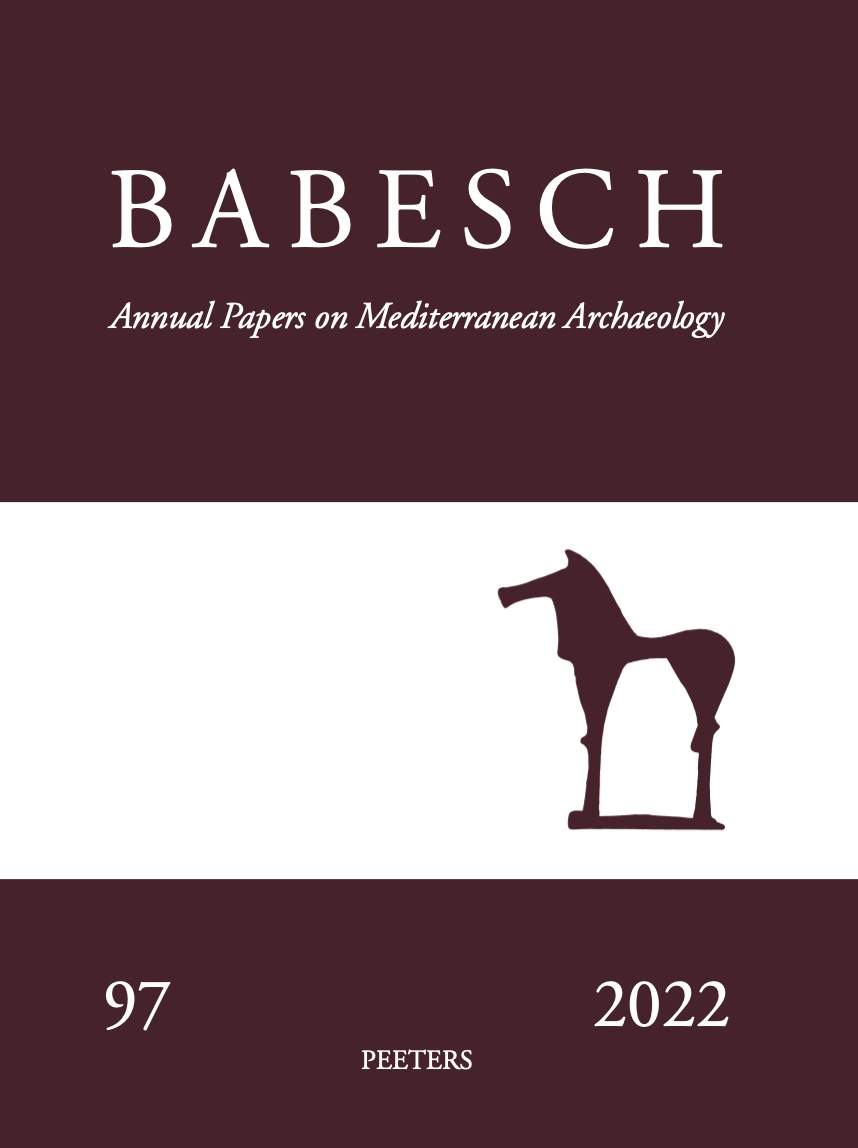 previous article in this issue previous article in this issue | next article in this issue  |

|
Document Details : Title: Landscape archaeology and Livy Subtitle: Warfare, colonial expansion and town and country in Central Italy of the 7th to 4th c. BC Author(s): ATTEMA, Peter Journal: BABESCH Volume: 75 Date: 2000 Pages: 115-126 DOI: 10.2143/BAB.75.0.563185 Abstract : The aim of this paper is to compare the present state of archaeological knowledge of the landscape of Central Italy between the 7th and the 4th c. BC with the way the Central Italian landscape is depicted in Livy’s Ab Urbe Condita books I-X, in which Livy relates the story of early Rome and its expansion. The early expansion of Rome was directed at the neighbouring proto-urban settlements along the Tiber, the area of the Veientes to the northwest of Rome on the right bank of the Tiber in South Etruria, the Roman Campagna south of the Tiber and the adjacent Pontine Plain further south. The Roman historians referred to the latter two areas as ‘Latium Vetus’. Over recent decades, large parts of both South Etruria and Latium Vetus have been the subject of substantial landscape-archaeological projects, while current projects aim at synthesizing existing data, notably the Tiber Valley Project in South Etruria and the Regional Pathways to Complexity Project. Their results allow tentative socio-economic and political interpretations of the settlement and land-use patterns identified in these landscapes, that relate to the formative period of Roman power between the 7th c. and the 4th c. BC. |
|
